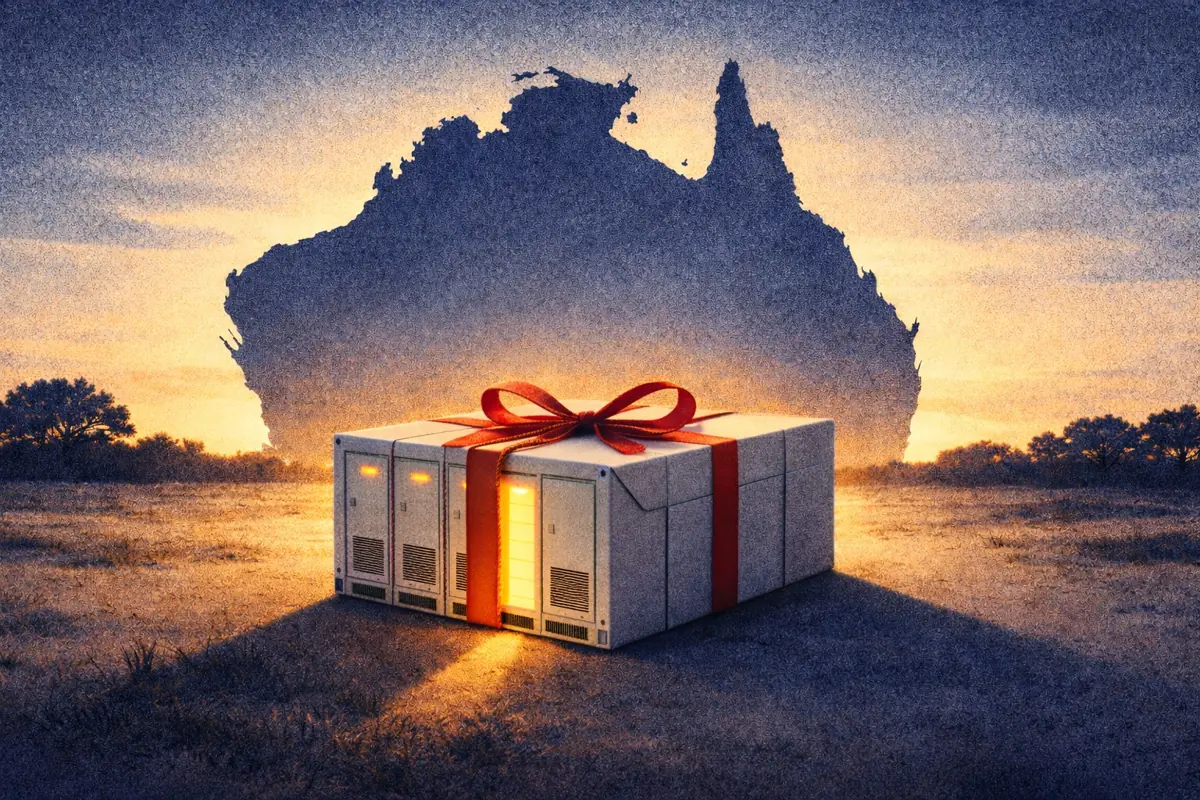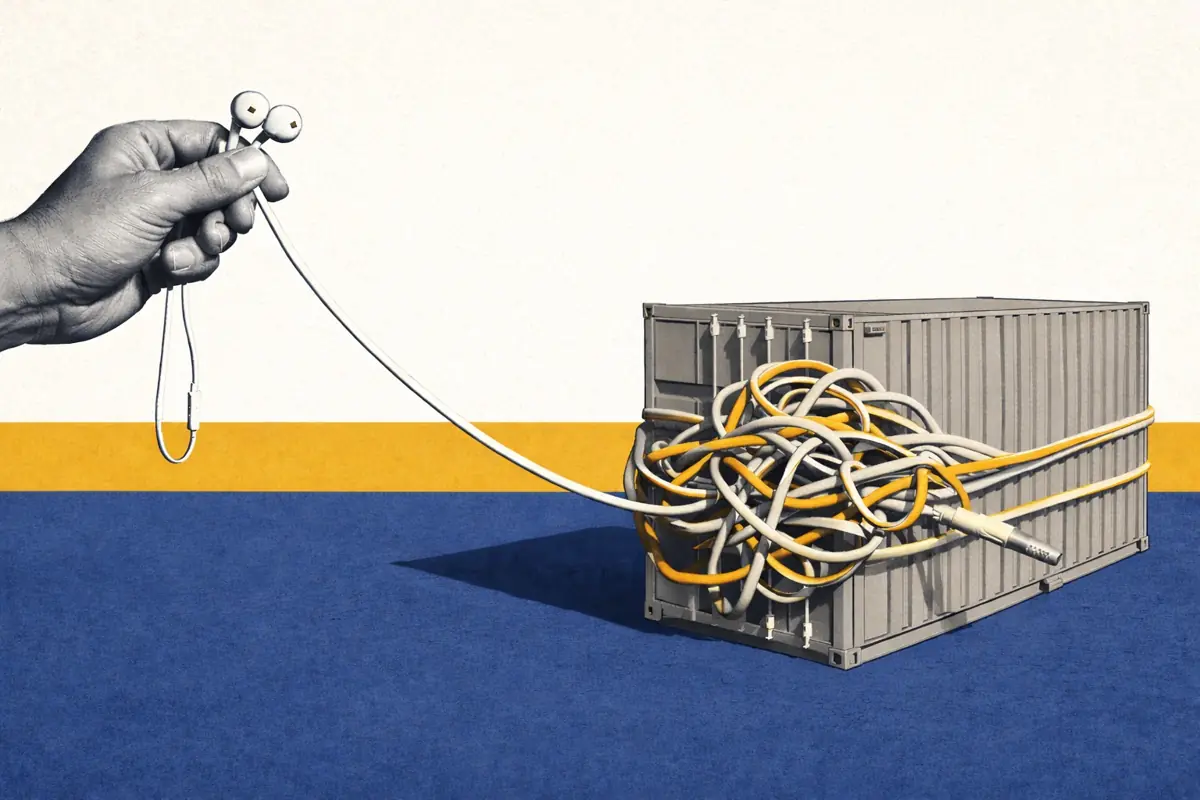ERCOT battery energy storage: when will Ancillary Services be saturated?
ERCOT battery energy storage: when will Ancillary Services be saturated?
When battery energy storage systems first enter a market, they tend to earn most of their revenues providing Ancillary Services. This is largely because:
- Ancillary Services provide a stable, secure revenue stream - relative to Energy arbitrage.
- Reserve Ancillary Service products tend to require lower cycling rates than Energy arbitrage.
- Battery energy storage systems are particularly well-suited to provide Ancillary Services - due to their near-instantaneous ramp rates.
However, Ancillary Services aren’t infinite. At any one time, ERCOT only needs a certain volume of each.
Once there is more battery energy storage capacity being bid into Ancillary Services than there is capacity to be awarded, prices start to fall - due to this increased competition. This is known as ‘saturation’. This makes Ancillary Services much less valuable, and forces battery operators to seek out alternative revenue streams.
So, when are ERCOT’s Ancillary Services likely to be saturated for battery energy storage systems?
The “simplistic” scenario: total battery energy storage capacity vs. Ancillary Service requirements
The most simplistic way to predict when saturation will happen is to look at the projected buildout of battery capacity, and compare that to the projected average Ancillary Service procurement volumes that those batteries will be competing for.
If we only look at the Ancillary Services energy storage systems typically enter into - Regulation Up and Down, Responsive Reserve (PFR), ECRS, and Non-Spinning Reserve - then saturation looks likely to hit in June 2024.

The “unrealistic” scenario: capacity reserved for Ancillary Services vs. Ancillary Service requirements
In 2023, roughly 70% of operational storage capacity was reserved for providing Ancillary Services (as a conservative average estimate).
In 2024, more two-hour duration systems (that can benefit from Energy arbitrage) will come online, ERCOT will begin to enforce state-of-charge monitoring (via NPRR 1186), and there will be limits on how much ECRS and Non-Spin that batteries can qualify to be awarded.
As a result, storage operators are likely to continue to focus more on capturing revenue via Energy arbitrage. Because of this, the proportion of capacity reserved for Ancillary Services is likely to decrease. As a rough estimate, we’ve assumed that 60% of operational battery capacity will be reserved for Ancillary Services in 2024.

If we assume that all of the required volume in all of the Ancillary Services that batteries compete for will be taken up by batteries (spoiler alert: it won’t), it will take until around December 2024 for saturation to hit.
The “most likely” scenario: capacity reserved for Ancillary Services vs. likely available volume for batteries
As mentioned above, not all of the volume ERCOT requires for these Ancillary Services will be available to batteries.
We can compare the battery capacity we might expect to see reserved for Ancillary Services with these revised levels of realistic volumes available.
These are based on the average proportion of volume previously awarded to batteries in each of the services across 2023, accounting for recent increases.
This represents what we see as the “most realistic” scenario - with saturation hitting in around March 2024.

So, why don’t batteries dominate all of these services? Ultimately, the technical requirements of some services make them more accessible to other technologies - allowing them to compete more aggressively.
In particular, services with longer allowable start-up times and with greater required duration deployments - such as Non-Spinning Reserve (NSRS) and ERCOT Contingency Reserve (ECRS) - tend to see significant participation from thermal generation.
While there is potentially a large amount of room to grow in those more competitive services, it’s possible that the ceiling of capacity that storage resources may realistically be competing for is actually smaller than the total available might indicate.

That being said, storage participation across all of the services listed has grown in 2023. Storage participation in ECRS is increasing every month. And Non-Spin participation has climbed to over 6% in recent months - after being non-existent for storage resources historically. It’s likely that this will only continue to grow, particularly as more longer-duration assets come online.
Different Ancillary Services have the potential to saturate at different times
There is already enough operational (and qualified) battery energy storage capacity to saturate the Regulation and Responsive Reserve markets. However, batteries have yet to consistently procure awards for more than two-thirds of the volume in these markets.
This is, in part, because some operating hours consistently present the best opportunities for Energy arbitrage. Batteries are less likely to try to provide Ancillary Service responsibility in those hours. Another reason is that storage is starting to make up a larger portion of awards in ECRS and NSRS.
On top of this, the implementation of NPRR 1186 means that battery energy storage systems will have reduced maximum qualification abilities in those longer-duration services (ECRS and NSRS). Essentially, their potential maximum award for these longer-duration services will be de-rated according to their duration.
This means that individual resources won’t be able to be awarded as much responsibility for ECRS and NSRS as they are for Regulation and Responsive Reserve.
Therefore, it’s possible that saturation will occur at different times in different Ancillary Services - i.e. sooner in Regulation and Responsive Reserve, and later in ECRS and NSRS.
So what’s the takeaway?
Ultimately, it’s difficult to say exactly when saturation will hit. There are a number of constantly shifting variables, such as:
- The potential and actual participation rates of battery energy storage systems in different Ancillary Services.
- Bid and offer behavior both of batteries and other technology types.
- And the amount of Ancillary Service volume that batteries are competing for.
However, we do expect to see saturation happen in battery-dominated Ancillary Services in the next few months.







